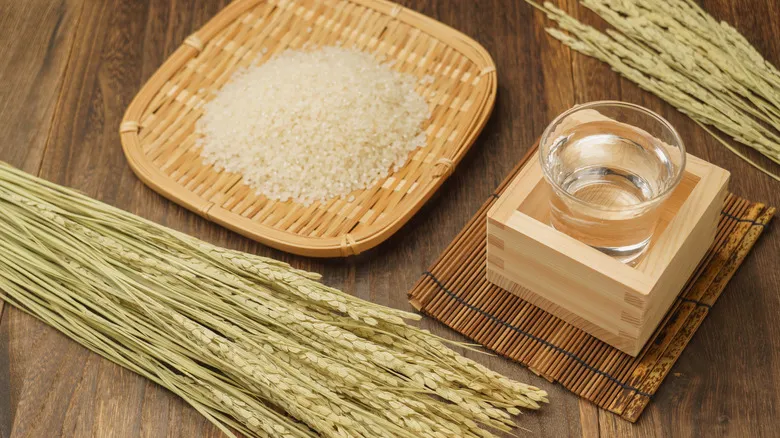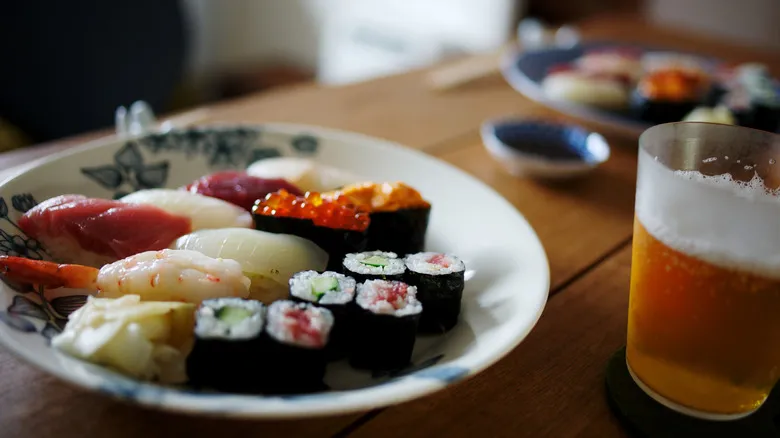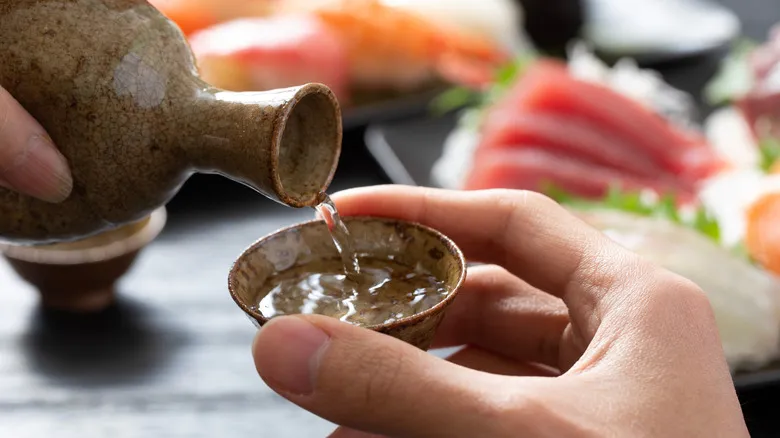The science behind pairing sake and sushi

For those who are passionate about food, it's important to recognize the science that underpins the perfect pairing of sake and seafood. As Van Nortwick points out, "there's a scientific aspect to consider — sake is rich in amino acids, which accentuates the umami taste found in seafood." To delve deeper, this phenomenon is attributed to the glutamic acid present in sake, derived from rice protein. On the other hand, seafood contains inosinic acid, which contributes to its umami flavor. When these two compounds interact, they amplify the umami experience.
Van Nortwick further elaborates on the science involved: "Sake is naturally low in iron, which means it doesn't react with the fats in fish, reducing any 'fishy' flavors." Additionally, alcoholic drinks that contain higher levels of sulfur dioxide can intensify unwanted fishy aromas and tastes.
It's also worth noting that within the realm of sake and sushi pairings, there are specific combinations that enhance particular flavors. For instance, a slightly sweet Junmai Ginjo sake pairs well with a California Roll, while a chilled, complex, and refined Junmai Daiginjo is ideal for sashimi.
Not the traditional pairing in Japan

The same reasoning that leads us to view sake and sushi as a perfect match—both being rice-based—also suggests that they may not actually complement each other well. In fact, this combination is not traditionally served together in Japan, where rice is generally not consumed with alcohol. Instead, it’s more common to enjoy sashimi with sake, while sushi rolls are typically not paired with it.
In the U.S., sake appears on nearly every sushi menu, but this is largely a Western adaptation. However, enjoying non-traditional pairings isn’t inherently negative. As mentioned earlier, certain types of sake can pair quite well with rice-centric dishes, making it possible to find a suitable match. The sake that harmonizes best with a wide range of sushi and sashimi is a crisp, dry Junmai Ginjo.
In Japan, it’s more typical to enjoy wine, beer, or tea with sushi, while sake is often consumed beforehand. If you wish to experience sushi in a more traditional way, starting with a beer is common. Japan offers some delightful, crisp lagers like Asahi and Sapporo, which are readily available in American sushi restaurants. For wine, a Riesling or a light red can nicely complement the seafood and rice.
Moreover, if you’re not considering sake with other cuisines, you’re missing out. Just like wines, different sakes have unique flavor profiles, allowing them to pair well with a variety of dishes. By understanding the flavor profile of the sake you have or are ordering, you can easily discover the ideal culinary pairing.
Recommended

Is Bottled Water Really Just Repackaged Tap Water?

The Science Behind How Baking Soda Works In Recipes

Don't Expect Real Whole Eggs At These Popular Coffee Chains

8 Spots In Your Oven You're Forgetting To Clean
Next up

